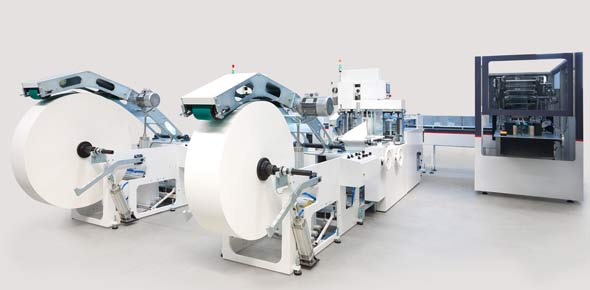Introduction To Radiation Detectors
- ANSI
- IEC
- ISO
2.
You may optionally provide this to label your report, leaderboard, or certificate.
×
Thank you for your feedback!
















